at VS+ = 5 V, VS– = –5 V,
RL = 1 kΩ, input and output are biased to midsupply, and
TA ≈ 25°C. For AC specifications, VO = 2 VPP, G
= 2 V/V, RF = 1 kΩ, and CL = 4.7 pF (unless otherwise
noted)
 Figure 6-1 Small-Signal Frequency Response vs Gain
Figure 6-1 Small-Signal Frequency Response vs Gain Figure 6-3 Small-Signal Frequency Response vs CL
Figure 6-3 Small-Signal Frequency Response vs CL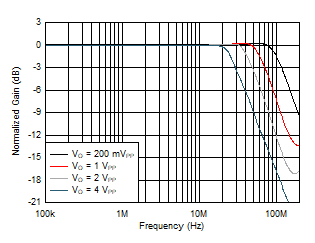 Figure 6-5 Large-Signal Frequency Response vs Output Voltage
Figure 6-5 Large-Signal Frequency Response vs Output Voltage Figure 6-7 Small-Signal Response Flatness vs Gain
Figure 6-7 Small-Signal Response Flatness vs Gain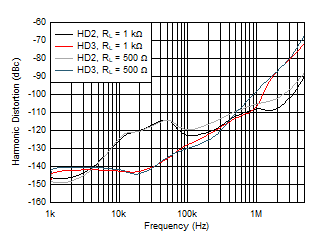 Figure 6-9 Harmonic Distortion vs Frequency
Figure 6-9 Harmonic Distortion vs Frequency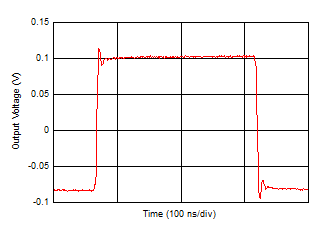
| See Figure 8-1, gain = 1 V/V, RF = 0 Ω, CL =
10 pF |
Figure 6-11 Small-Signal Transient Response Figure 6-13 Input
Overdrive Recovery
Figure 6-13 Input
Overdrive Recovery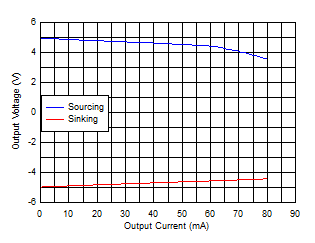 Figure 6-15 Output Voltage vs Load Current
Figure 6-15 Output Voltage vs Load Current Figure 6-17 Input
Offset Voltage vs Input Common-Mode Voltage
Figure 6-17 Input
Offset Voltage vs Input Common-Mode Voltage
| See Figure 8-1, VO = 20 mVPP, gain = 1 V/V,
RF = 0 Ω |
Figure 6-2 Small-Signal Frequency Response vs Output Load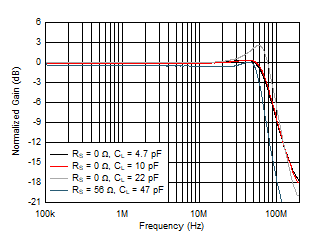 Figure 6-4 Small-Signal Frequency Response vs CL
Figure 6-4 Small-Signal Frequency Response vs CL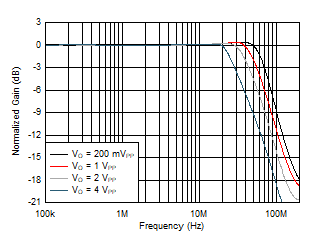 Figure 6-6 Large-Signal Frequency Response vs Output Voltage
Figure 6-6 Large-Signal Frequency Response vs Output Voltage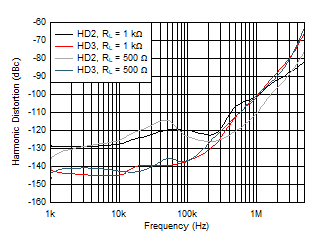 Figure 6-8 Harmonic Distortion vs Frequency
Figure 6-8 Harmonic Distortion vs Frequency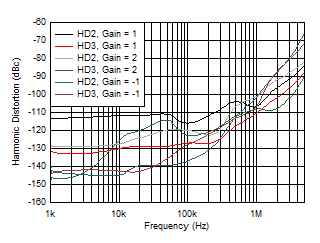 Figure 6-10 Harmonic Distortion vs Gain
Figure 6-10 Harmonic Distortion vs Gain Figure 6-12 Overshoot and Undershoot vs CL
Figure 6-12 Overshoot and Undershoot vs CL Figure 6-14 Output Overdrive Recovery
Figure 6-14 Output Overdrive Recovery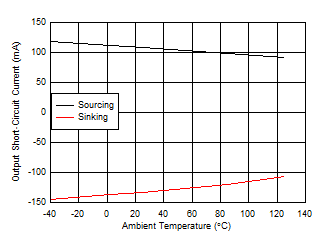
| Output saturated and then
short-circuited |
Figure 6-16 Output Short-Circuit Current vs Ambient Temperature















